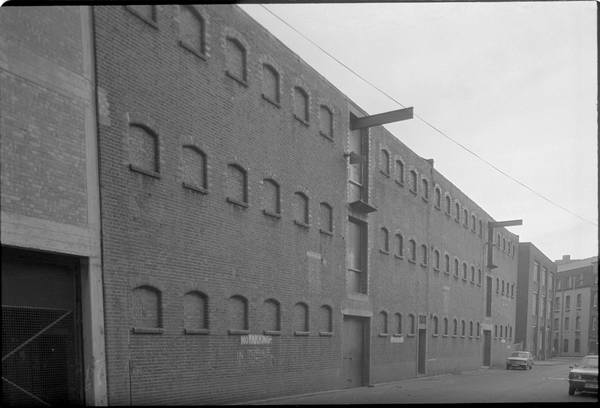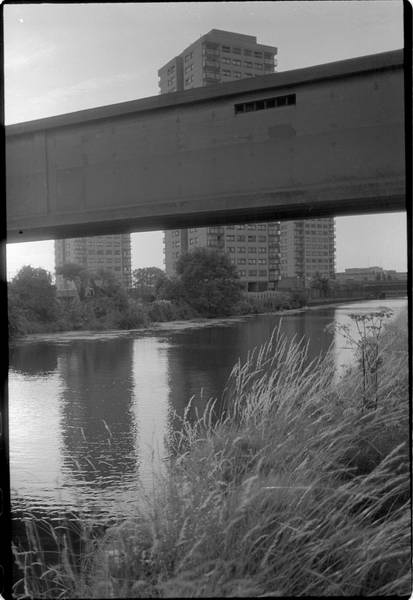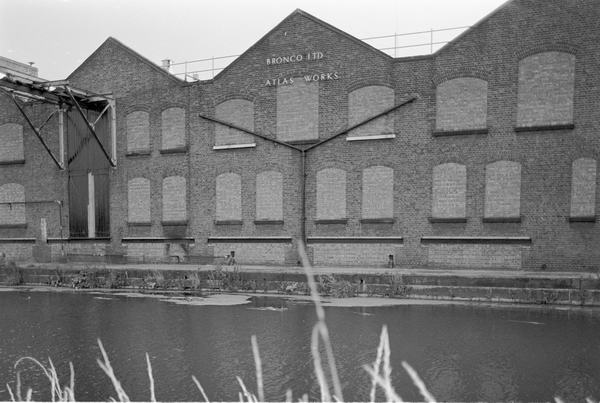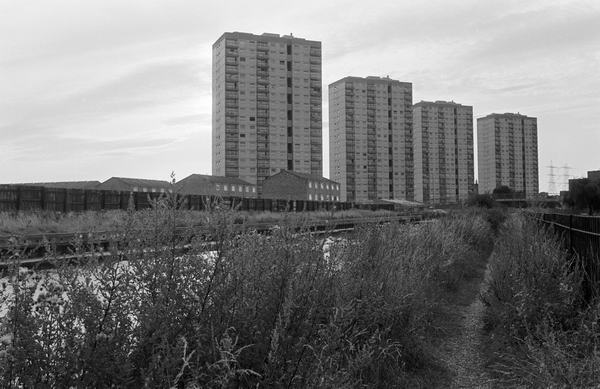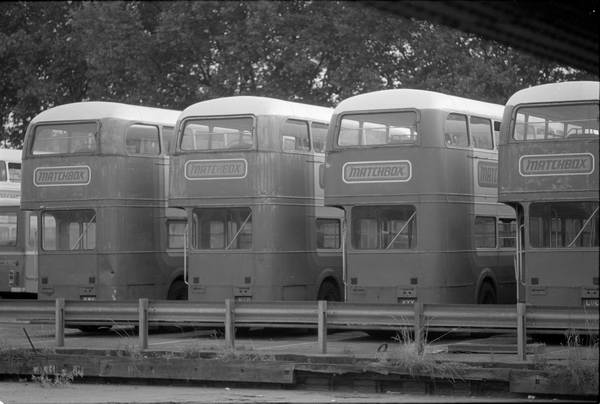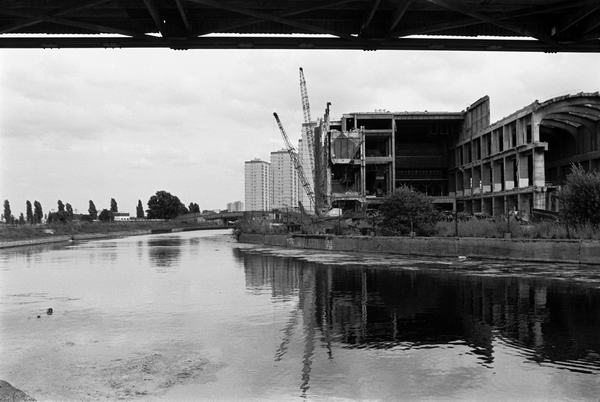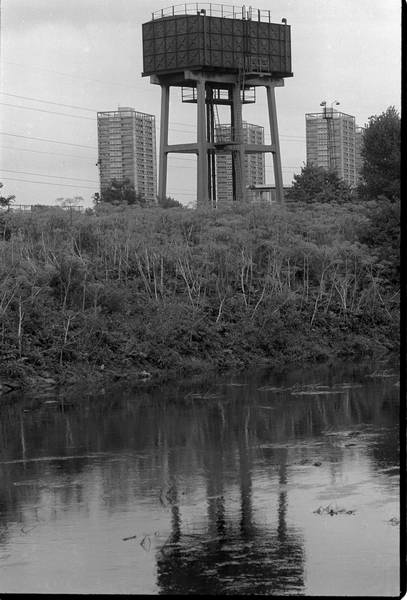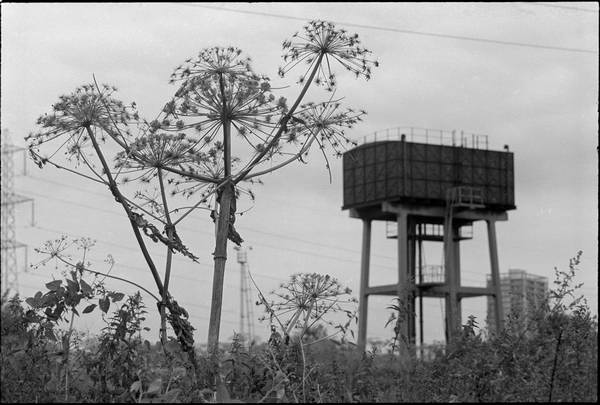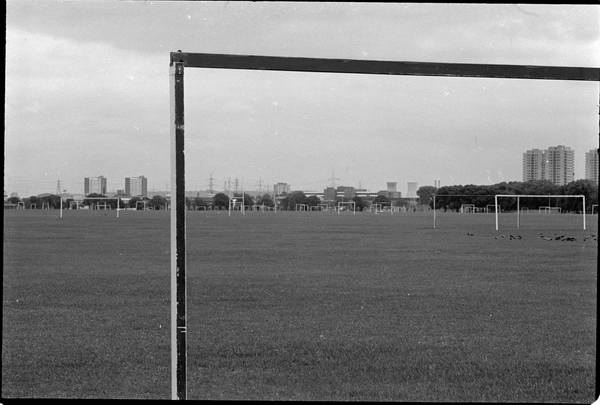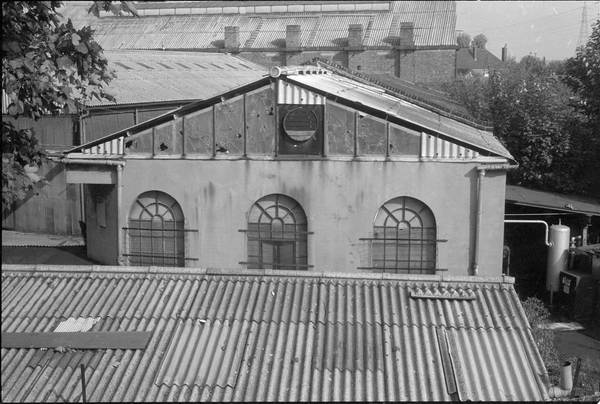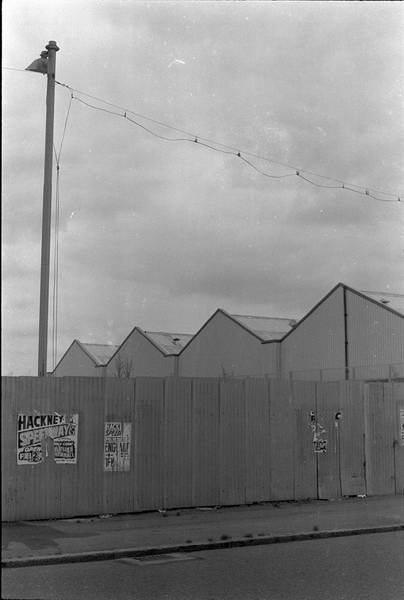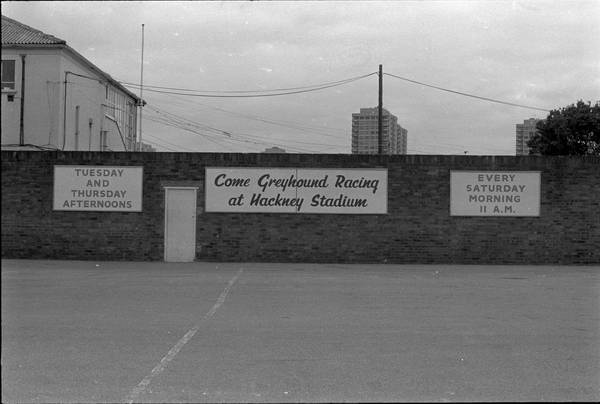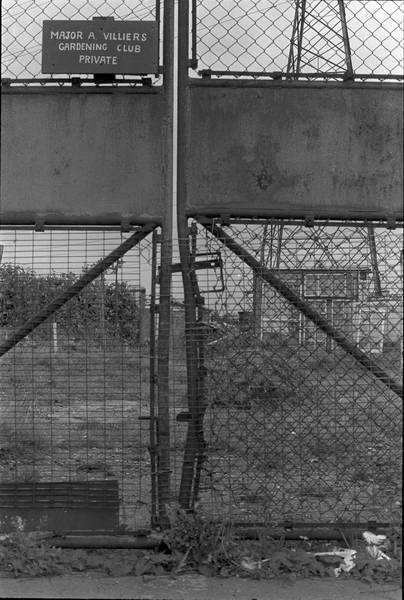Hackney Wick was a highly industrialised area around the canal and the railway
line, with its best known products including Clarnico Mints, still available
but made elsewhere. Petrol was first given its name here (by a company called
'Carless' - actually Carless Capel & Leonard) whose trademark later became
generic. Berger started making paints around here in 1780, the world's first
synthetic plastic, Parkesine, was made here and there were chemical works
including several pioneers of the suynthetic dye industry. Dry cleaning in
this country started here too. Other factories made pies and processed foods,
jam and much more besides, including Lesney's Matchbox toys from 1947 to 1983.
Eton College began a mission to the area around 1880 (apparently following
a visit of the Virgin Mary to Eton College Chapel) choosing the area as one
of the most deprived in London. As well as building a church, St Mary of Eton
with St Augustine and its mission buildings, men from Eton also founded various
sporting activities, including a sports club and rowing. Around 1900, old
Etonian Major Arthur Villiers, a director of Barings Bank bought an area of
land to be used in perpetuity as allotments, a bequest that was to be sadly
ended in 2007 when the holders were evicted to make way for the London 2012
Olympics (links including to more recent pictures here.)
In this section I also include Carpenters Road which leads to Hackney Wick
from Stratford, Waterden Rd in Hackney Wick, and other land to the north of
Carpenters Rd, including the Eastway Cycle Circuit and Freightliner terminal.
Images in this section are presented roughly in date order, starting from
the earliest.
more pictures
Picture sections
1980-92 Black & White index
1980s: colour
2000 on: colour
All photographs on this site are
© 1980-2010 Peter Marshall.
Pictures are available for commercial use - please email
me,
for terms.
Permission is normally granted for suitable non-commercial
use without cost - please email the above address. I also welcome comments
and questions about the work.
